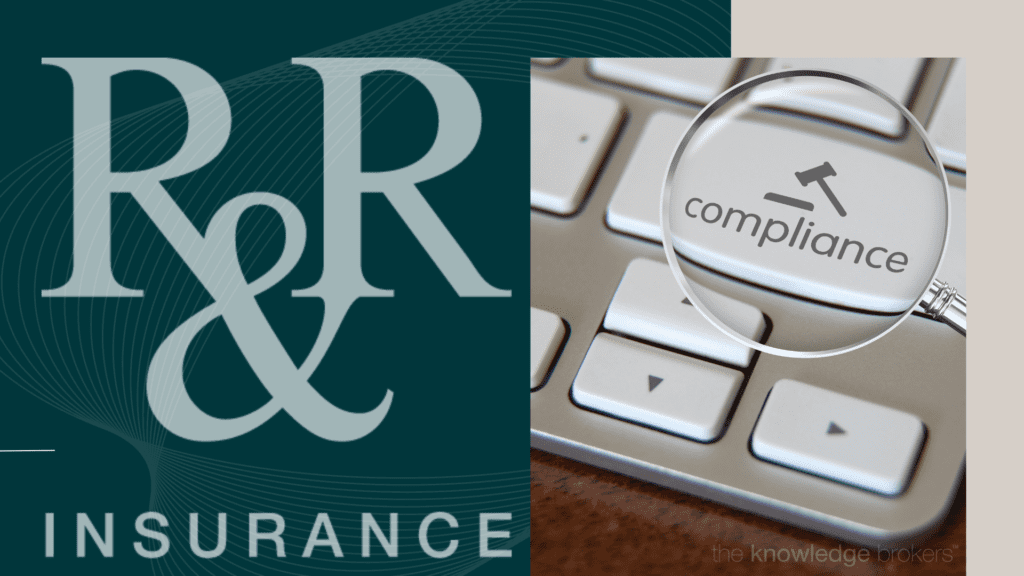It’s That Time of Year Again – Do You Know How to Be Compliant in Handling Your MLR Rebate?

Employers with insured group health plans may soon receive a medical loss ratio (MLR) rebate from their health insurance issuers. Issuers who did not meet the applicable MLR percentage for the last calendar year must provide rebates to plan sponsors by September 30th. These rebates may be in the form of a premium credit or a lump-sum payment.
Most group health plans sponsored by employers in the private sector are subject to ERISA. Employers with ERISA plans should not assume they can simply retain an MLR rebate. In general, unless an employer pays the entire cost of health coverage without any employee contribution, at least a portion of the rebate will be a plan asset under ERISA.
Any rebate amount that qualifies as a plan asset must be used for the exclusive benefit of the plan’s participants and beneficiaries. The question is: do you know how to determine that? Furthermore, once you have determined that, do you know how to distribute the assets appropriately?
R&R Insurance has assisted our benefits clients with this challenge every year, providing them with the proper guidance and proprietary tools to help them conduct the proper analysis.
If you’re feeling lost and don’t know what you should be doing to be in compliance with your ERISA Fiduciary requirements, contact one of our Knowledge Brokers – we know!
Footnote: The Affordable Care Act (ACA) includes a provision known as the Medical Loss Ratio (MLR) which requires insurance companies to review their overall plan performance by market segments (small group and large group) to determine if they must return a portion of the premiums collected. For the small employer market segment, the insurance carriers must demonstrate that they spent $0.80 of every $1 collected in premium (80% medical loss ratio or greater) for all of their small group plans in a specific State directly on claims and health promotion for the covered members. For the large group market, the threshold is 85%. This review is conducted by calendar year and reported to the Centers for Medicare and Medicaid Services (CMS) by the following August. If a carrier’s MLR is less than the applicable 80% or 85% level for the prior calendar year, they are then required to rebate a portion of the premium back to the policyholders.




